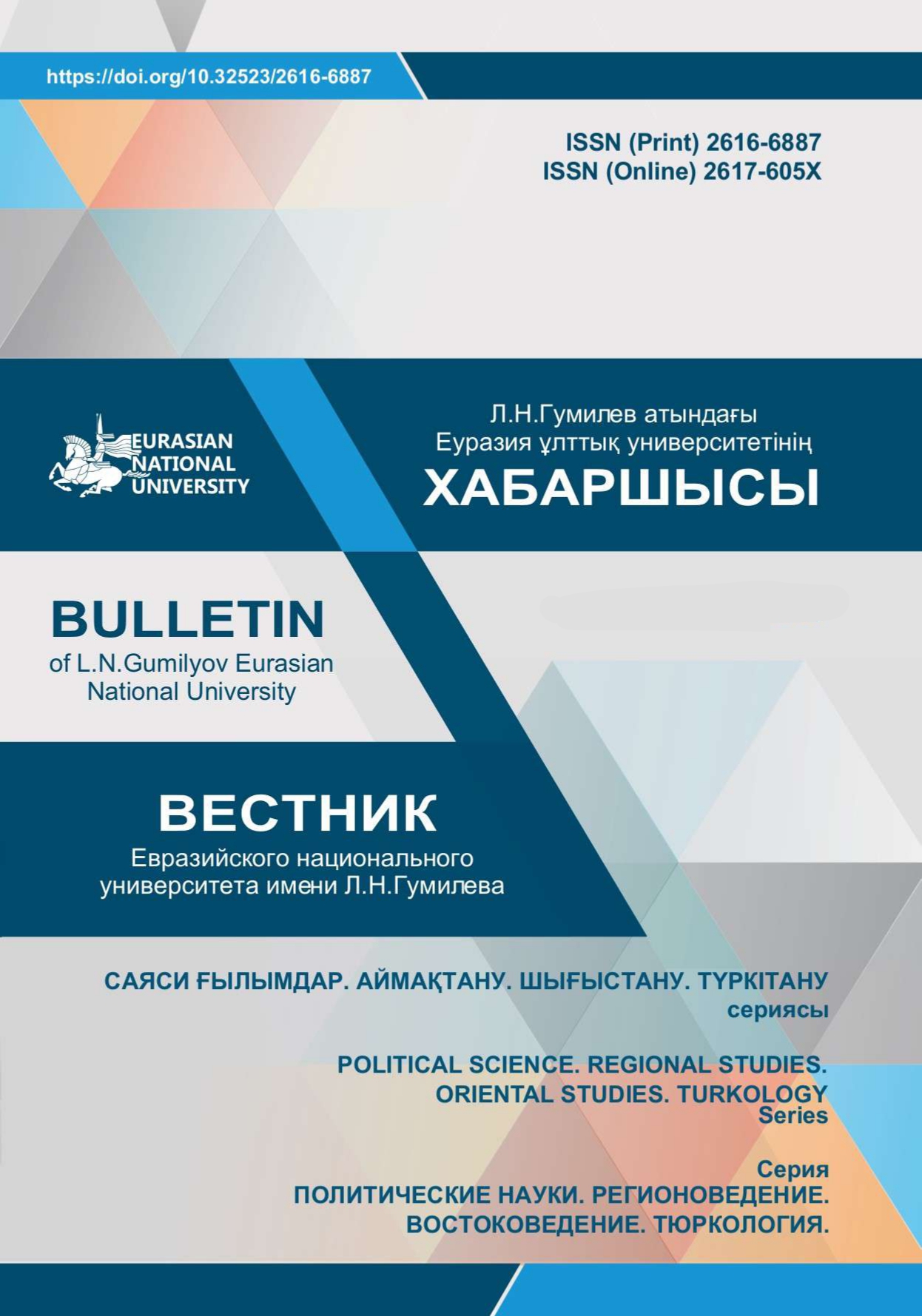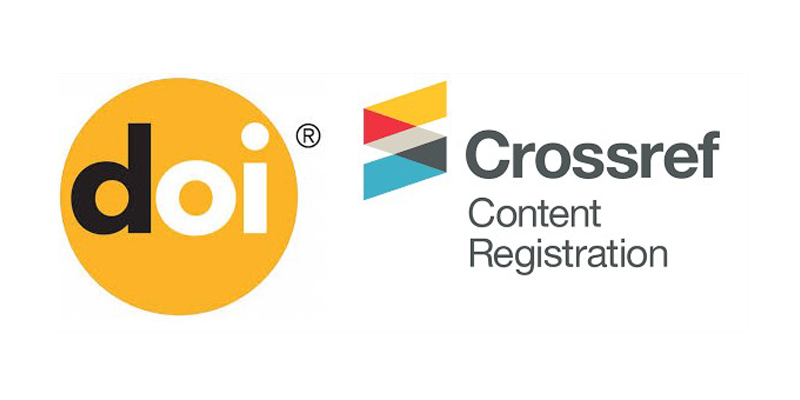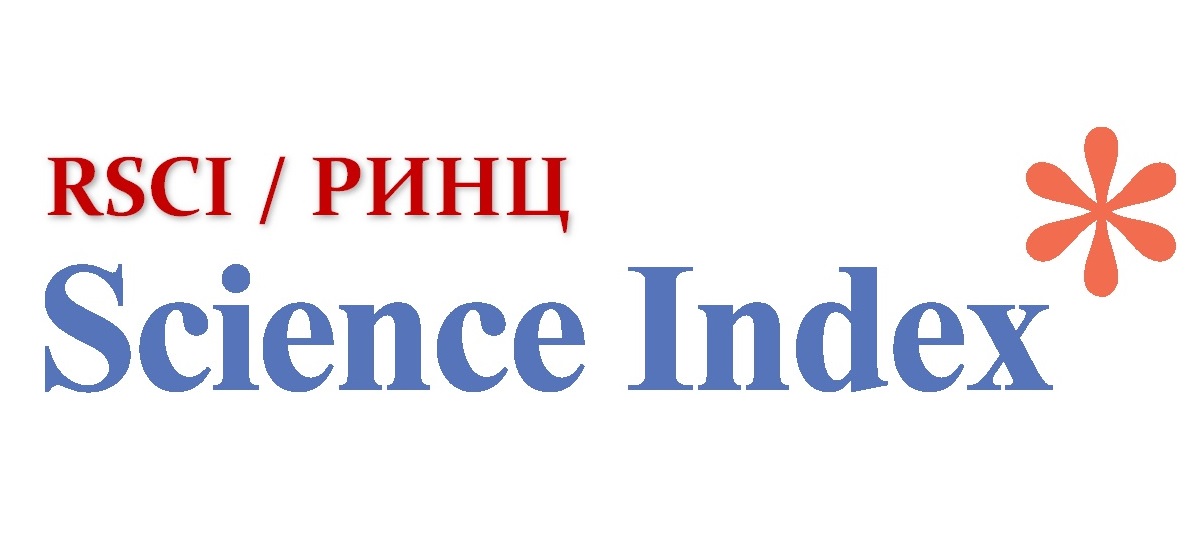The tribes of Desht-i-Kypchak: totemic meanings in ethnonyms
Views: 88 / PDF downloads: 215
Keywords:
totemic component, ethnonym, zoomorphic image, saukele.Abstract
The article considers the ethnonymy of Polovtsian field (altynoba, saryoba, arslanoba,ayopa,
kitayoba, yetiyoba( itoba), chenegrepa, kyuchoba, kolobichi, toksoba, urusoba, berendechi, ulichi, torki), the tribal
composition of which has different names in the Great Steppe such as Kipchaks, Polovtsy, Cumans (komans).
There were formed methods and techniques of comparativists and hermeneutics, semantic analysis, and some
techniques of the comparative historical method and synergetics are used to determine how certain Kipchak
ethnonyms with a totemic component. The article reveals the semantics of totemic components of ethnonyms.
The authors determined their reflexes and rudiments reflecting the ancient mythology of the nomads of the
primitive era. In addition, there are analyzed some symbols imprinted in patterns and ornaments on some
clothes of the Kipchak peoples. The article considers zoomorphic images of Kipchaks, and it is revealed that
these images are equipollent with similar images of other ethnic groups, and at the same time, it is determined
that they form part of the universal culture of the peoples of Eurasia.
Downloads
Published
How to Cite
Issue
Section
License

This work is licensed under a Creative Commons Attribution-NonCommercial-NoDerivatives 4.0 International License.







